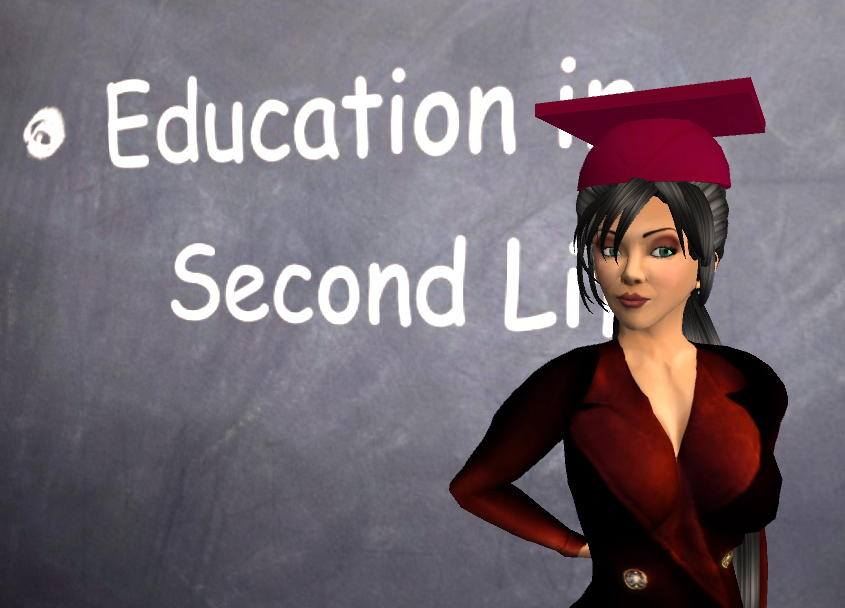 A web-based lesson is, as you can see, a lesson in which a Web site is incorporated. These types of lesson are conducted either in a traditional face to face class or in an educational online platform such as Moodle or WizIQ. We, the ICT course students, have had these web-based lessons with professor Izquierdo.
A web-based lesson is, as you can see, a lesson in which a Web site is incorporated. These types of lesson are conducted either in a traditional face to face class or in an educational online platform such as Moodle or WizIQ. We, the ICT course students, have had these web-based lessons with professor Izquierdo.Here you have an example of a Web-based lesson plan.
Web-based lesson plan
Teacher: Beatriz Peñín.
Level: English I (undergraduate ESP students, UCV).
Lesson length: 90 min.
Topic: Nominal phrase in the subject position.
Aim: to identify nominal groups within a given text.
Level: English I (undergraduate ESP students, UCV).
Lesson length: 90 min.
Topic: Nominal phrase in the subject position.
Aim: to identify nominal groups within a given text.
Objectives:
- Students will be able to remember the structure of nominal phrases.
- Student will recognize nominal phrases in the subject position.
- Students will be able to look for nominal phrases in a text using a Web site.
Materials:
A computer with Internet access and headsets for each student in a classroom or in an online session.
Description of activities:
First of all, the teacher will create a WizIQ session for the class and a course Wiki, which will be used for the entire semester.
1. Since students will recognize nominal phrases in the subject position, they will be asked to watch a video on Youtube about the subject so they can bring to mind what the structure of the English sentence is. Being this an ESP class taught in Spanish, the teacher will simultaneously translate the video to students as they watch it.
2. Students will have the opportunity to ask any question.
3. The teacher will do a presentation on Power point about nominal phrases (core, pre/post modifiers).
4. By using an example text (text), which will be displayed on the WizIQ board, the teacher will use the tools the platform offers to highlight some nominal phrases.
5. Students will have the floor to ask questions.
6. Another text (text) will be displayed and students will have the chance, one by one, to highlight some nominal phrases in the subject position.
7. Finally, both teacher and students’ microphones will be on to have a 10 minute feedback session.
Follow-up activity and assignment:
Students will access to the course Wiki. Some texts will be posted, so students will find nominal phrases in the subject position and propose a suitable translation of the nominal phrases in Spanish.
Here you have the link: http://ucvenglishonline.wetpaint.com/

 Students, who are highly likely to use the Internet for chatting, sending emails, viewing images or watching videos, do this commonly through these social networking sites. Therefore, why cannot Facebook be used with educational purposes?
Students, who are highly likely to use the Internet for chatting, sending emails, viewing images or watching videos, do this commonly through these social networking sites. Therefore, why cannot Facebook be used with educational purposes?
 Flickr: Design that Connnects
Flickr: Design that Connnects




 However, I must say that fantasy will always be perfect and this fantasy virtual world is still not perfect. As it was mentioned above, this is a powerful teaching/learning tool, but it needs certain technical requirements that not all lot of people neither have nor have access to. What is more, it takes quite a time to just manage the basic skills like walking for example and this could be a time consuming element if not everybody in the class is familiarized with the tool.
However, I must say that fantasy will always be perfect and this fantasy virtual world is still not perfect. As it was mentioned above, this is a powerful teaching/learning tool, but it needs certain technical requirements that not all lot of people neither have nor have access to. What is more, it takes quite a time to just manage the basic skills like walking for example and this could be a time consuming element if not everybody in the class is familiarized with the tool.